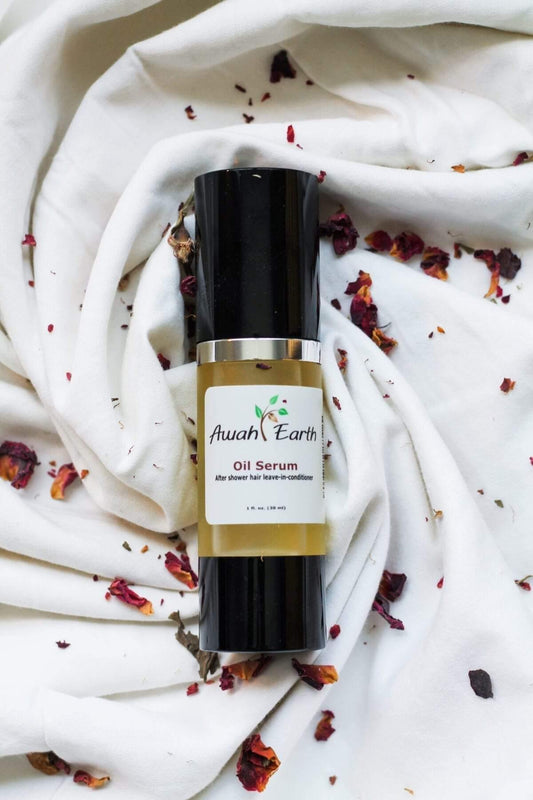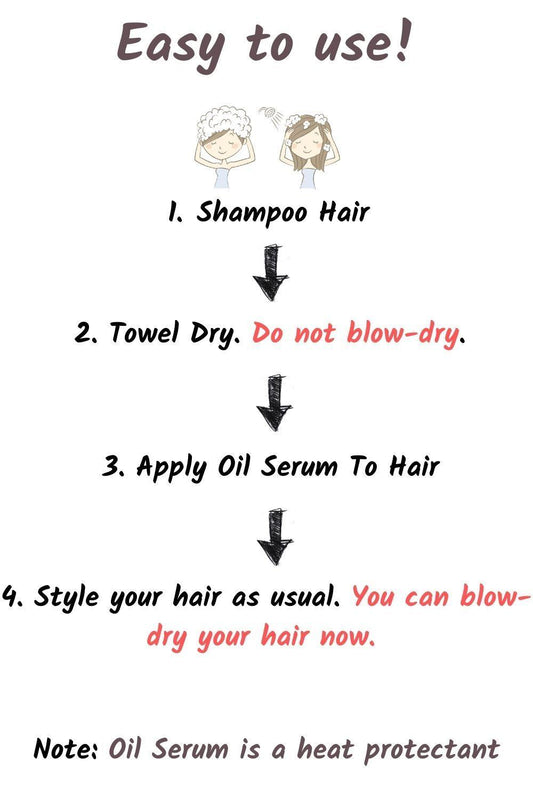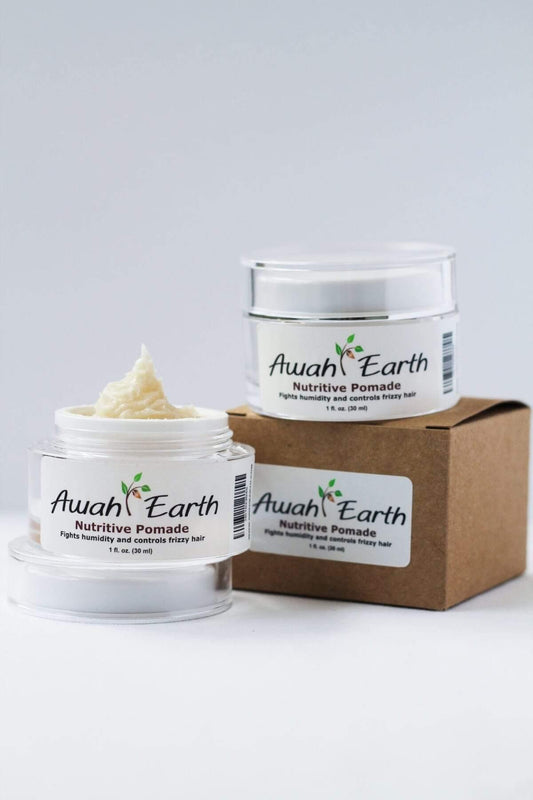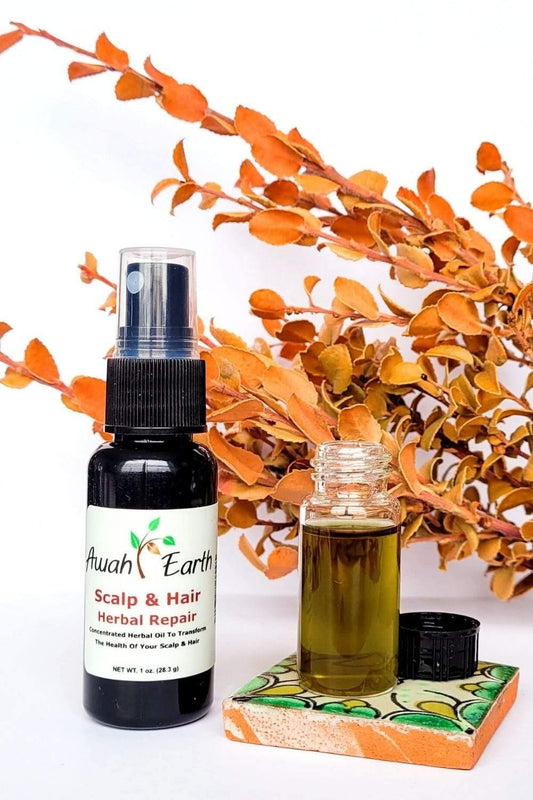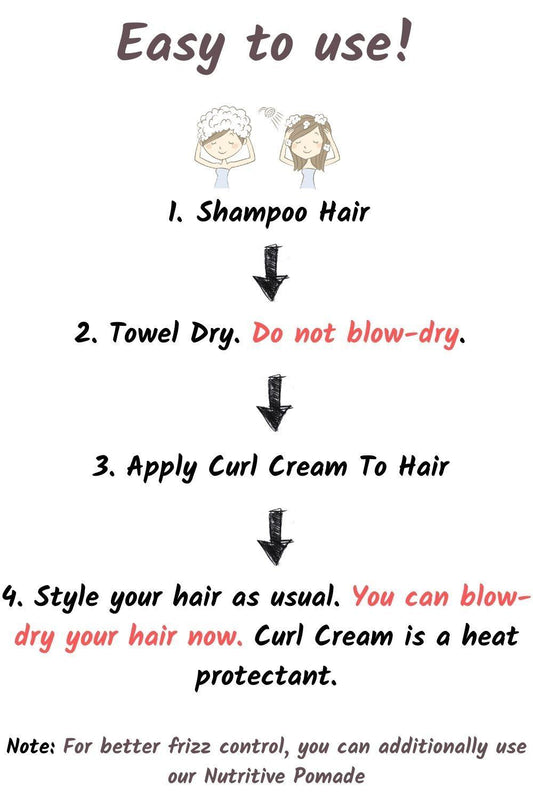Rosemary, a member of the mint family, is a small shrub native to the Mediterranean region. It is a good source of antioxidants. The leaves are harvested and used to make tea, tincture, vinegar, essential oil, and infused oil. Following are some of the ways rosemary is used:
1) Topical use:
Rosemary, when applied topically to the skin, stimulates blood flow to the area.
This property in rosemary is probably the reason why it helps (when applied topically) with:
- Tense muscles, sores, and sprains.
- It may also help prevent premature hair loss, baldness, and keep hair follicles healthy. Higher blood flow to the follicles helps to nourish it. To see the results, rosemary oil should be applied for at least six months.
When applied topically, rosemary also moisturizes hair and prevents dandruff. You can easily make rosemary oil, ointment, or cream at home. You can look thorough some of my daily use high quality hair products that are infused with rosemary:
2) Tea/Tincture:
Taking rosemary orally as a tea or tincture may provide you with several benefits:
- Digestion:
Rosemary is well known to help with digestive issues. Drinking rosemary tea after a heavy meal may help prevent indigestion and bloating. When making tea, make sure that rosemary leaves are not too old.
- Anxiety:
Rosemary helps with anxiety and stress. In addition to that, rosemary is used as a folk remedy for insomnia, nervousness, fatigue, exhaustion, headaches, and migraines. Try drinking rosemary tea after a stressful day.
For further reading into the benefits of rosemary, please follow the following links:
- Rosemary oil vs minoxidil 2% for hair loss.
- The role of rosemary in Alzheimer’s Disease.
- Different health benefits of using rosemary.
Key constituents found in rosemary:
Volatile oils (including borneol, camphene, camphor, cineole, limonene, and linalool); flavonoids; diterpenes; triterpenes; rosmarinic acid; vitamin A (beta-carotene); vitamin C; and minerals including calcium, potassium, magnesium, phosphorus, iron, and zinc.






